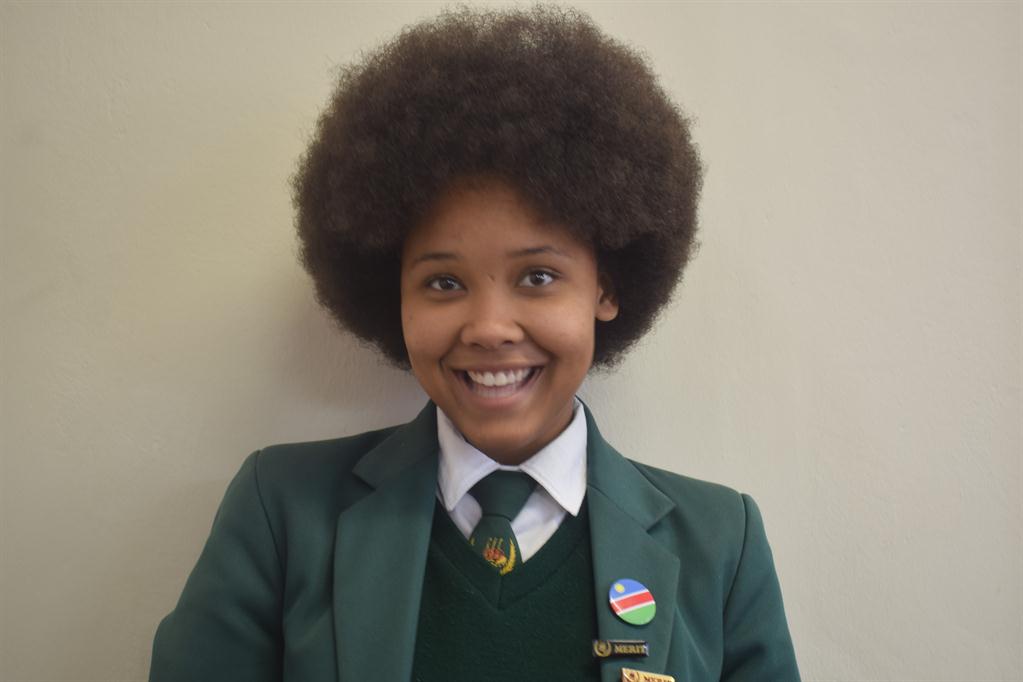For the girls with the kinks and curls
Edwinia KastoorWhen I was between the ages of 6 and 7, my godmother, who has straight hair, decided to relax my hair. At the time I was too young to know the damage it was causing to my thick, nappy hair. I was too busy enjoying the wind blowing through my hair after every single kink and curl has been straightened out. In my last year at primary school I got sick of hair-straightening chemicals, straighteners and having hair that wasn’t really describing me. I decide to go natural and accept my nappy hair as it was before. It wasn’t easy though. My whole grade eight year my hair looked like a mess, but soon after my natural hair was fully grown out. I could see why God gave me this hair type (3b-c) in the first place. Just like me, my hair isn’t easy to handle or control. When I was the only learner, at DHS, enjoying my embracing hair and making all sorts of style. My hair didn’t bother anyone at my school. I wasn’t a big enough problem. Later more girls started wearing their afros. It started out small. First we were five. Then we were 10. Now, we are more than 20 nappy haired girl embracing their God given crowns. The topic of race and heritage always comes up when talking about hair. So many black, bi-racial and racially ambiguous girls were trapped between fitting in at school and how the public views pretty hair. Now that “going natural” has turned into a popular trend on social media, it motivated to just accept their Godly given crowns. This created a spirit of confidence amongst young girls with ethnic hair.
The Controversial Side of the Natural Hair Movement
Natural hair has often been controversial, and black girls and women who choose to express their hair’s natural beauty still face unfair treatment today. Natural hairstyles are sometimes considered unprofessional, messy and not appropriate. Telling a young black girl that her ethnic hair isn’t meeting the required standards of the public can have a negative effect on her self-esteem and confidence. Having ethnic hair has even been turned into an expellable offense in some venues, as well as schools all over the world. Yes, you do need to look neat and tidy while at school, but Naledi’s hair can’t make a proper ponytail like Stacey’s does. That allows comparison within the school environment, which won’t get us anywhere. I’m unapologetic about my role in kick-starting a natural hair trend at DHS. Not only because we’re glowing with this natural crowns growing from our scalps. But also because, allowing girls to accept their natural heritage, gives them a sense of pride, a sense of acceptance. Boys too.
This doesn’t only count for girl but for boys as well. “Some boys with straight hair longer than 3 cm just get to comb their hair sideways” he continues saying “if my hair is exactly 3 cm. I get called out for it. Either we make it fair or we’ll continue fighting each time someone tells me to cut my hair.” Boys care about their physical appearances too. They have self-esteems too. We can’t expect them to be positive and cooperative at school when they have to worry about friends joking about how they look like wet dogs after they had a boys-cut. Kids need to be comfortable with how they look. A child with a good self-image is a child with respect. Respect for themselves and others.




Comments
My Zone
No comments have been left on this article